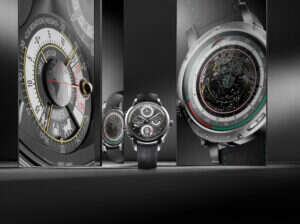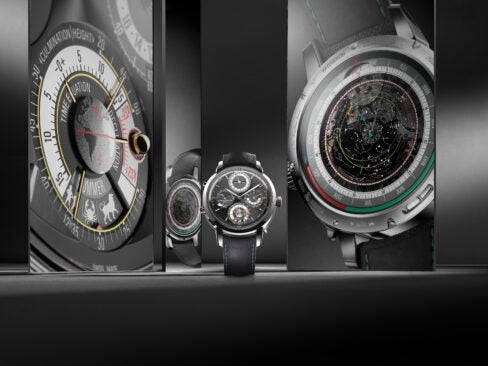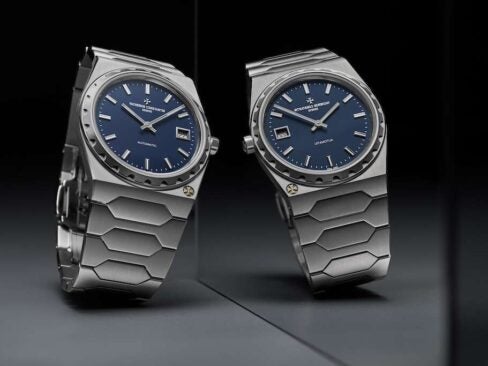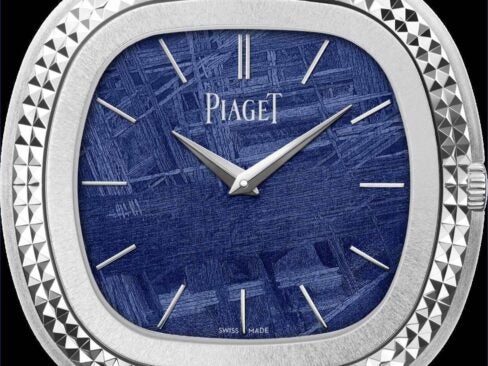The quest undertaken by De Bethune and expressed through its timepiece is intended to embody 21st century watchmaking.
Transcending horology through artistry in order to leave room for the emotional force and the beauty of the work: such is the message delivered by David Zanetta and Denis Flageollet.
Understanding historical principles and the works of the Great Masters serves to build contemporary creations and to establish aesthetic codes aimed at perpetuating the timeless nature of watchmaking.
Tomorrow’s watchmaking is the object of daily study and thought for David Zanetta and Denis Flageollet, who interpret it through all the entire range of horological creations of De Bethune. The Dream Watch collection is at once the most extreme and the most accomplished embodiment of this creative folly.
Whether it stems from the past, is expressed in the present or foreshadows the future, the beauty in art is truly eternal.
The Dream Watch 5 aims to nurture this aesthetic ambition thanks to its design codes and the means borrowed from the field of horology favoured by the brand founders. This model positioned on the frontiers of an eclectic watchmaking scene is indeed not necessarily defined as a watch, since its horological attributes – however innovative and high-tech – do not constitute the primary interest of this creation.
An authentic wrist sculpture, Dream Watch 5 derives its unusual shape from its predecessors, from the bridge of Dream Watch 1 through to the case of Dream Watch 4: it encapsulates an ongoing work of research on shapes, materials and colours. In step with successive creations, the design has been pared down to a cambered delta- shaped motif representing the major element of the collection’s aesthetic and more generally that of De Bethune watches.
Taut lines and distinctive depth effects: Dream Watch 5 owes its avant-garde character to aesthetic codes relating to space, movement and speed. Its soft curves, together with the silky cambered shape of the titanium case adorned with a perfectly executed polish, endow it with timeless elegance, while a cabochon-cut ruby gently adorning the crown sets the perfect finishing touch.
The miniaturisation of the mechanism demonstrates a clear-cut determination to give pride of place to design – as admirably demonstrated by the diminutive space allotted to the display of the hours, minutes and moon- phase functions. This aesthetically-oriented approach deliberately and effectively diverts the meaning of conventional horological terms as well as the rational comprehension of the object.
(Source: De Bethune)








